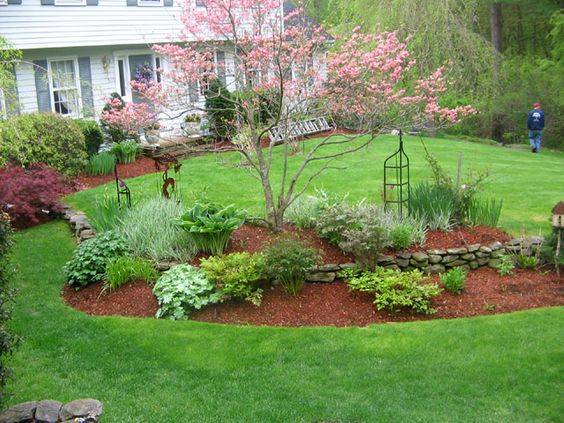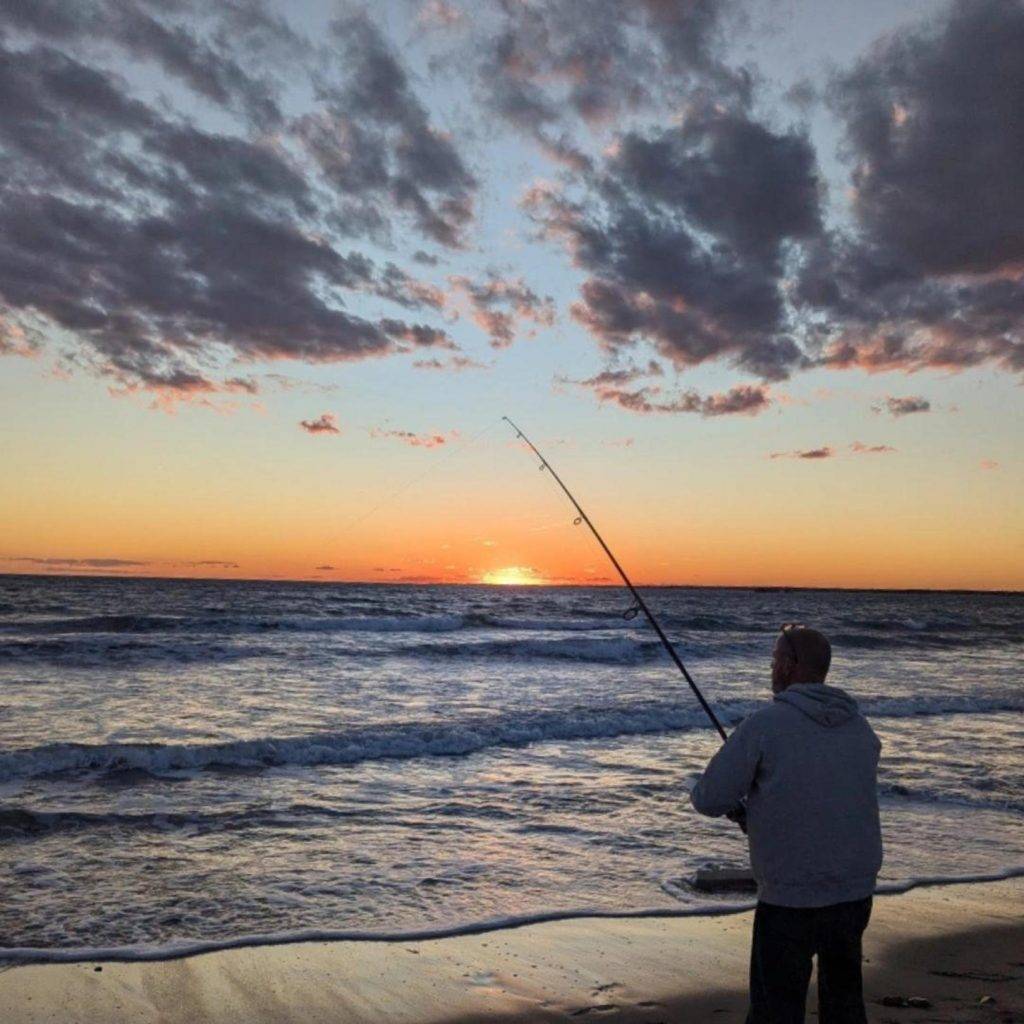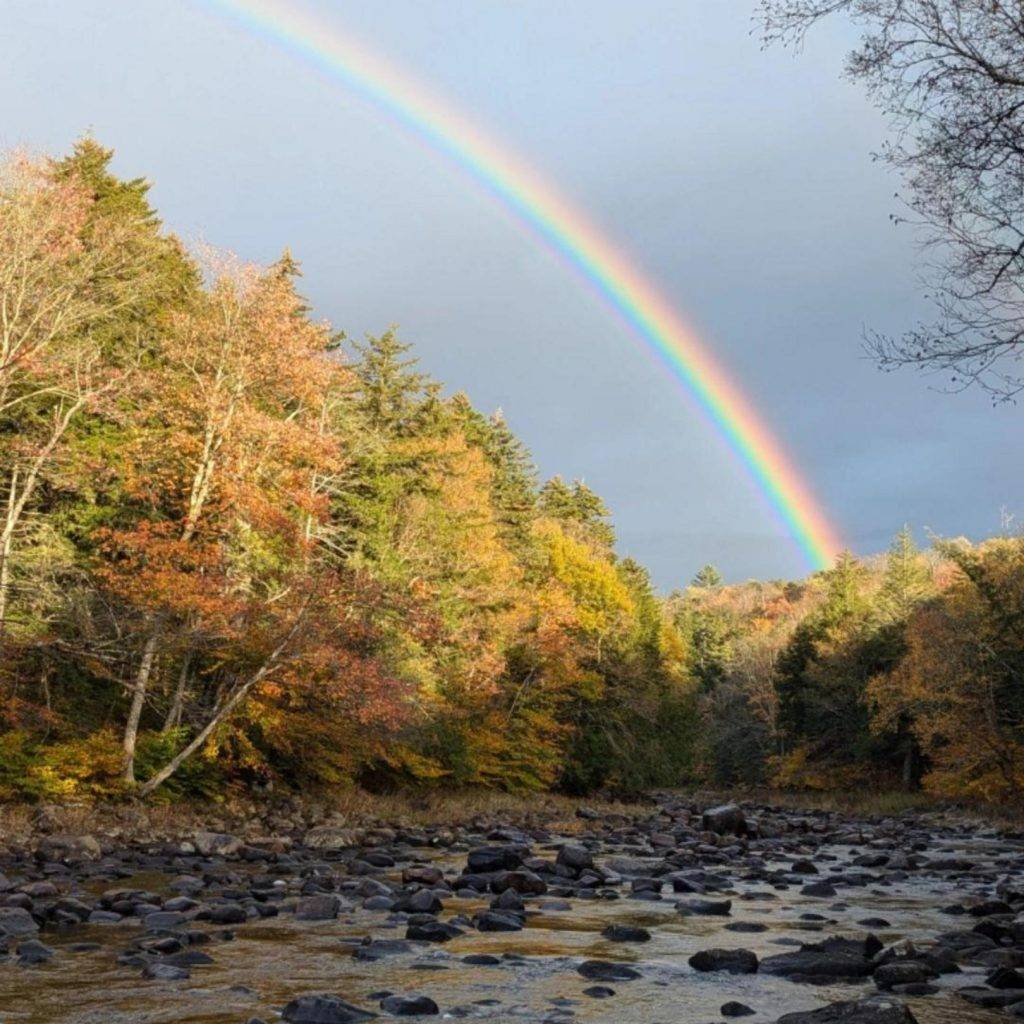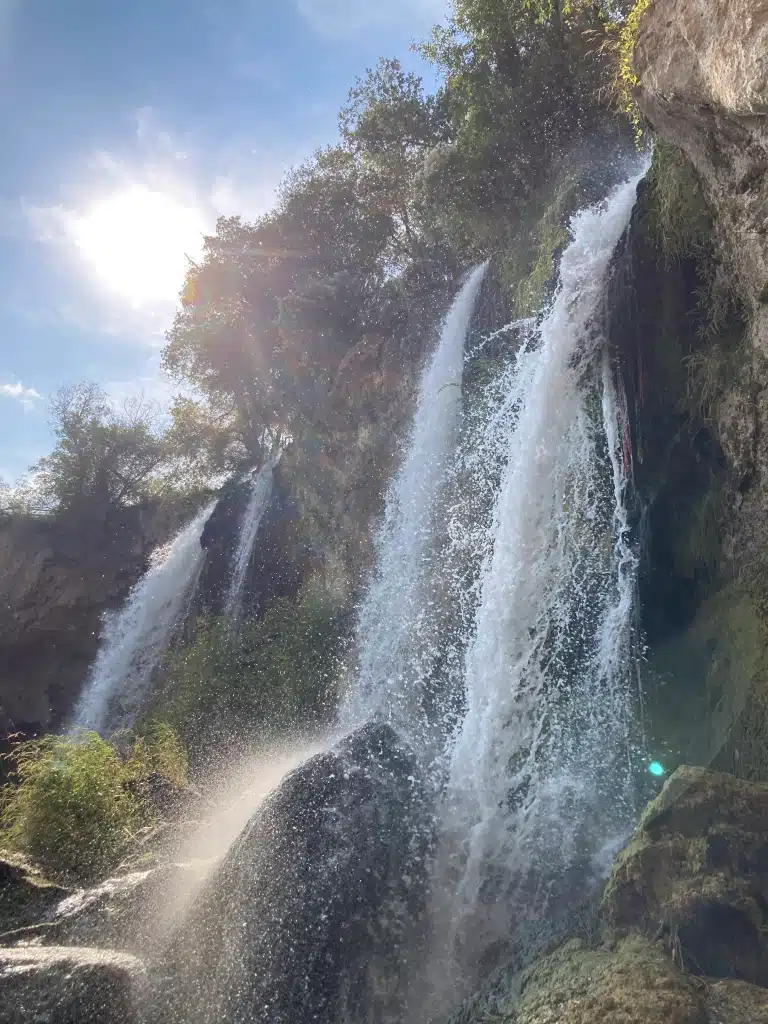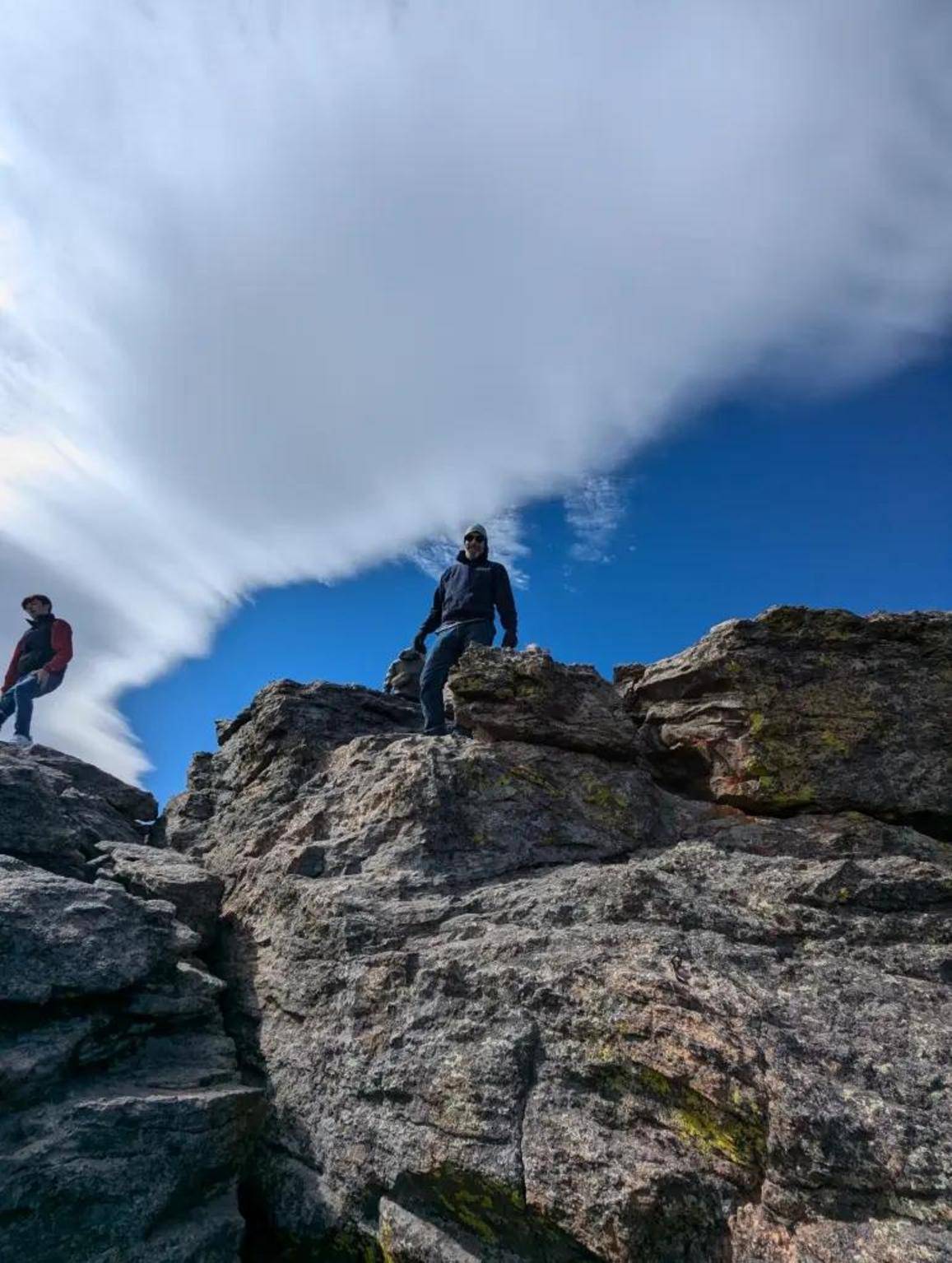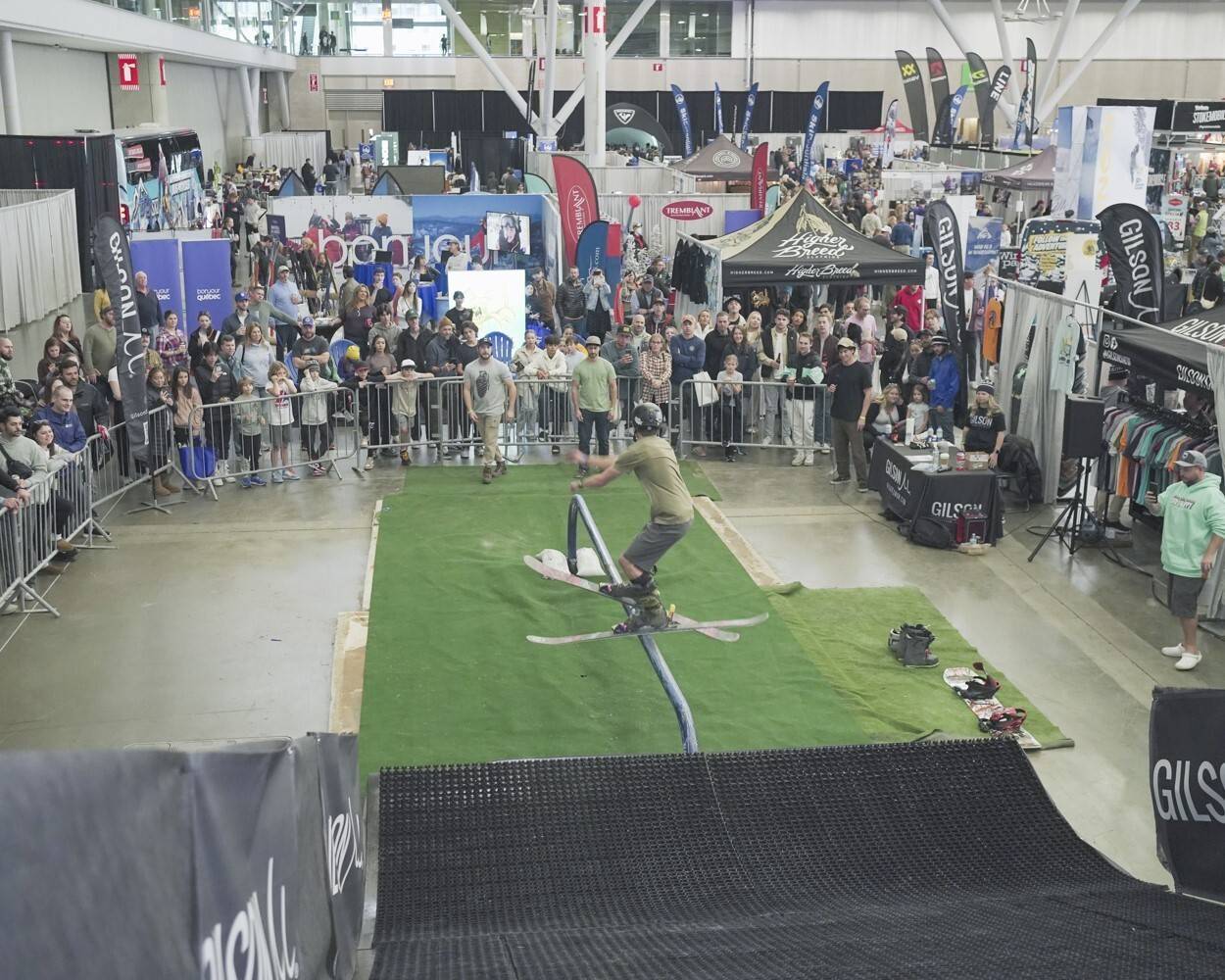By Jacob Palmer
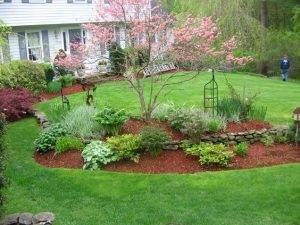
So you want to have one of those beautiful magazine-cover New England lawns. A key component in achieving that is fertilizer. Like every other living thing, vegetation has to have food. But tending to your yard the right way is not as simple as going to the lawn and garden store and hefting up the nearest bag of fertilizer.
Proper feeding of a lawn, flowers, shrubs, and trees takes some thought and effort. The first step is knowing what you have to work with. Unlike a rose, a soil is not a soil, is not a soil.
The Mayflower settlers learned quickly that much of New England’s soil was not conducive to planting. It tends to be thin, rocky, and acidic. You need to find out what your dirt consists of and the only good way to do that is to have it tested. Laboratories, such as the one at the University of Massachusetts, can test your soil, usually for a small fee. Many garden centers also offer testing.
The first thing you need to know is your soil’s pH level. The pH scale of 0-14 measures how acidic or alkaline a soil is. A pH measurement below the neutral midpoint 7 says the soil is acidic. Anything above 7 is alkaline. New England soils tend to be acidic — and while grasses prefer a slightly acidic soil, they do not get along well in very acidic soils common to New England. Calcium-enriched agricultural lime is the best cure for acidic soil. You can buy it at garden centers. Just make sure you add plenty of water after spreading it.
You can get your fertilizer two ways — buy bags at the store or make it yourself. A good fertilizer should have three basic ingredients: nitrogen, phosphorus, and potassium. On commercial fertilizers, these are marked as N, P, and K, respectively. You should be able to see the percentage of each on the bag. Follow the manufacturer’s instructions when you apply it.
A fertilizer spreader is a good investment. You’ll find both hand-held and push models at garden stores and online. These tools (which can also be used to sew seeds) range in price from about $17 to several hundred dollars.
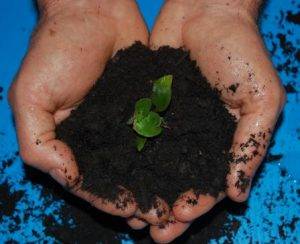
Making your own fertilizer is called composting. It involves building a big pile of almost all things organic — grass clippings, fallen leaves, vegetable peelings, teabags — even scrunched-up paper.
In a properly maintained compost heap, nature does the work. All the ingredients gradually decay into a black, nutrient-rich fertilizer good for lawns, gardens, and flowerbeds. It’s important you make sure the matter is thoroughly decomposed before you use it.
Commercial fertilizer may be a quicker fix. However, compost has the advantage of becoming home to bacteria, fungi, and worms that might seem disgusting on the surface, but work below the surface to ensure healthy plants and grass. Compost also helps keep your soil moist and aerated.
Nearly all grasses in New England are cool-weather varieties and it’s best to fertilize them a couple of times in the fall — September and November — and again in the spring when the new green growth appears. Lawns need only a thin layer. Work compost into the soil around bedded plants. If you can fertilize only once a year, do it in the fall.
Don’t use too much fertilizer, which experts say is a common mistake made by both homeowners and professionals. Over-fertilized lawns are prone to grass diseases, and too much of a good thing can lead to fertilizer burn on plants. A heaping helping of fertilizer might produce one whopper of a tomato but kill off the blooms that make future fruits.
Over-application can also cause the fertilizer to leech into underground water. It then makes its way into New England’s of rivers and streams, leading to algae blooms and fish kills.
Careful planning and action can make your plot of nature fit right into one of the most magnificent regions of America!
Jacob Palmer is a gardening and landscape design writer. When mowing lawns on his street as a child, he discovered a lifelong passion for landscape design. He now has three children who can all be found helping him most weekends with his next big garden project.





